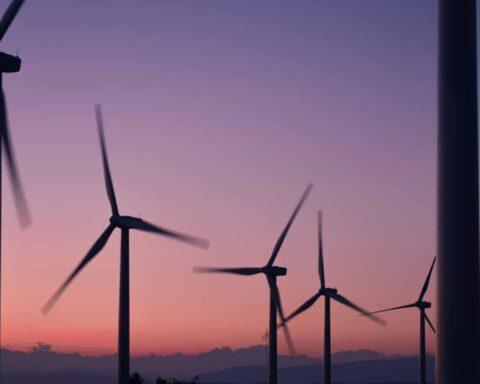About a million species, including some seemingly common ones, are facing extinction, according to a report by the Intergovernmental Science-Policy Platform on Biodiversity and Ecosystem Services (IPBES), an independent intergovernmental body of science and policy supported by the UN.
According to the report, giraffes, parrots and even oaks are included in the list of endangered species, as are cacti and algae.
Seaweed, for example, is one of the largest survivors on the planet. The relatives of some of its modern varieties date back about 1.6 billion years. This marine vegetation plays a vital role in aquatic ecosystems, providing habitats and food for various forms of life in the seas and oceans. The large varieties of seaweed also act as nurseries for many fish.
However, mechanical dredging (removal of rocks and sediments), rising sea temperatures, and the construction of coastal infrastructure are contributing to the decline of the species.
The trees are threatened by various economic and social practices, including logging and deforestation for industry, agriculture, and fuelwood for heating and cooking. Forests are also under threat from weather, such as wildfires.
According to the International Union for Conservation of Nature (IUCN) Red List of Threatened Species, it has been estimated that 31% of the world’s 430 types of oaks are in danger of extinction, mainly due to deforestation for agriculture and the need for fuel for cooking.
On the other hand, giraffes are attacked for their meat and suffer from habitat degradation. There are only about 600 West African giraffes left in the wild due to unsustainable logging and increased demand for agricultural land!
According to experts, the current biodiversity crisis will grow with catastrophic results for humanity, unless humans interact with nature in a more sustainable way.
“The IPBES report makes it abundantly clear that wildlife is an indispensable source of food, shelter and income for hundreds of millions of people around the world,” says Susan Gardner, Director of the Ecosystems Division at the United Nations Environment Programme (UNEP).
“Sustainable use is when it contributes to human well-being while maintaining biodiversity and ecosystem functioning. By continuing to use these resources unsustainably, we are not only harming and risking the loss of populations of these species; we are affecting our own health and well-being, as well as that of future generations,” he adds.
The report talks about the importance of ensuring that indigenous peoples can have tenure rights over their lands since they have long understood the value of wild species and have learned to use them sustainably.
The changes that are needed to reduce biodiversity loss include equitable distribution of costs and benefits, changes in social values, and effective governance systems.
Currently, governments around the world spend more than 500 billion dollars each year to support actions by industries such as fossil fuels, agriculture and fishing that end up damaging biodiversity. Experts say these funds should be repurposed to incentivize regenerative agriculture, sustainable food systems and nature-positive innovations.





























